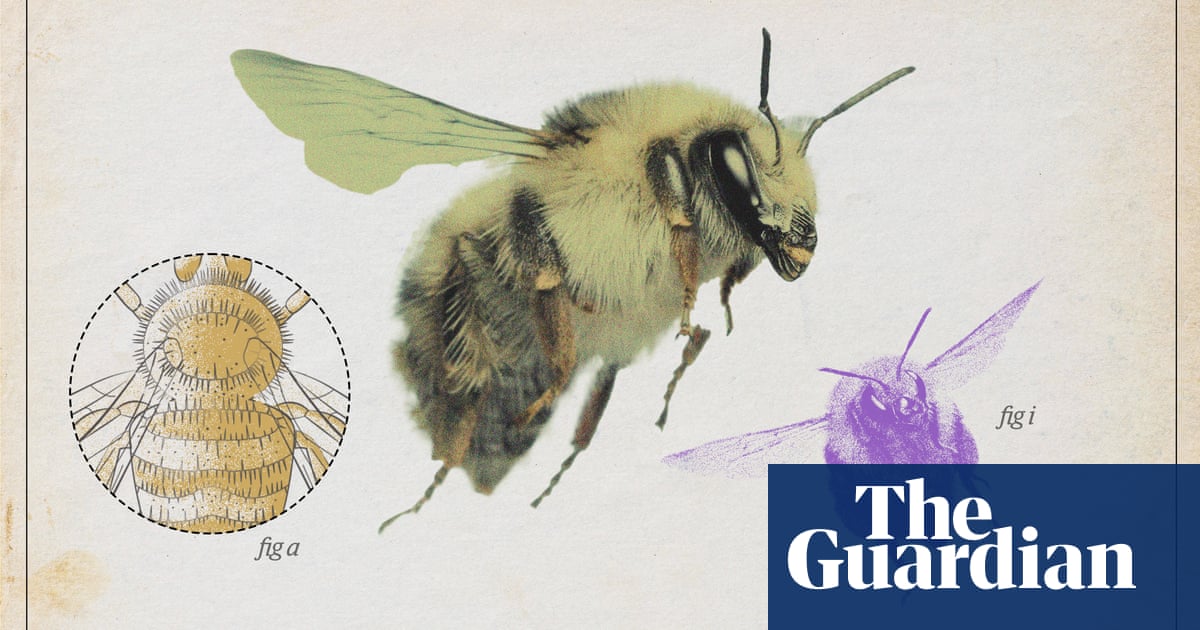The Future of sustainable living in New Zealand: Innovations and Initiatives
When it comes to the future of sustainable living in New Zealand, there are a plethora of innovations and initiatives that are paving the way for a more environmentally friendly and socially responsible way of life. From eco-friendly housing projects to community-led sustainability programs, the country is embracing a new era of conscious living.
One of the key initiatives driving sustainable living in New Zealand is the government’s commitment to reducing carbon emissions and promoting renewable energy sources. According to a report by the Ministry for the Environment, New Zealand has set a target of becoming carbon neutral by 2050, a goal that will require significant changes in the way we live and consume resources.
Innovations in sustainable building practices are also playing a crucial role in shaping the future of sustainable living in New Zealand. The rise of eco-friendly housing projects, such as the Zero Energy House in Auckland, are showcasing the possibilities of energy-efficient and environmentally friendly homes. These projects are not only reducing carbon footprints but also inspiring others to embrace sustainable living practices.
According to sustainability expert Dr. Jane Smith, “The future of sustainable living in New Zealand lies in our ability to innovate and collaborate on solutions that benefit both people and the planet. By harnessing the power of renewable energy sources and adopting eco-friendly building practices, we can create a more resilient and sustainable future for all.”
Community-led initiatives are also driving change towards sustainable living in New Zealand. From local food co-ops to zero waste initiatives, communities are coming together to promote sustainable practices and reduce their environmental impact. These grassroots movements are empowering individuals to take action and make a difference in their own communities.
As we look towards the future of sustainable living in New Zealand, it is clear that innovation and collaboration will be key in achieving our goals. By embracing eco-friendly technologies, promoting renewable energy sources, and supporting community-led initiatives, we can create a more sustainable and resilient future for generations to come.
To learn more about sustainable living initiatives in New Zealand, visit Planetary Citizens and join the movement towards a greener future.
References:
Ministry for the Environment. (2021). New Zealand’s Greenhouse Gas Inventory 1990-2019. Retrieved from https://www.mfe.govt.nz/
Zero Energy House. (2021). Sustainable Building Practices in New Zealand. Retrieved from https://www.zeroenergyhouse.co.nz/
Quotes:
Dr. Jane Smith, Sustainability Expert: “The future of sustainable living in New Zealand lies in our ability to innovate and collaborate on solutions that benefit both people and the planet.”


